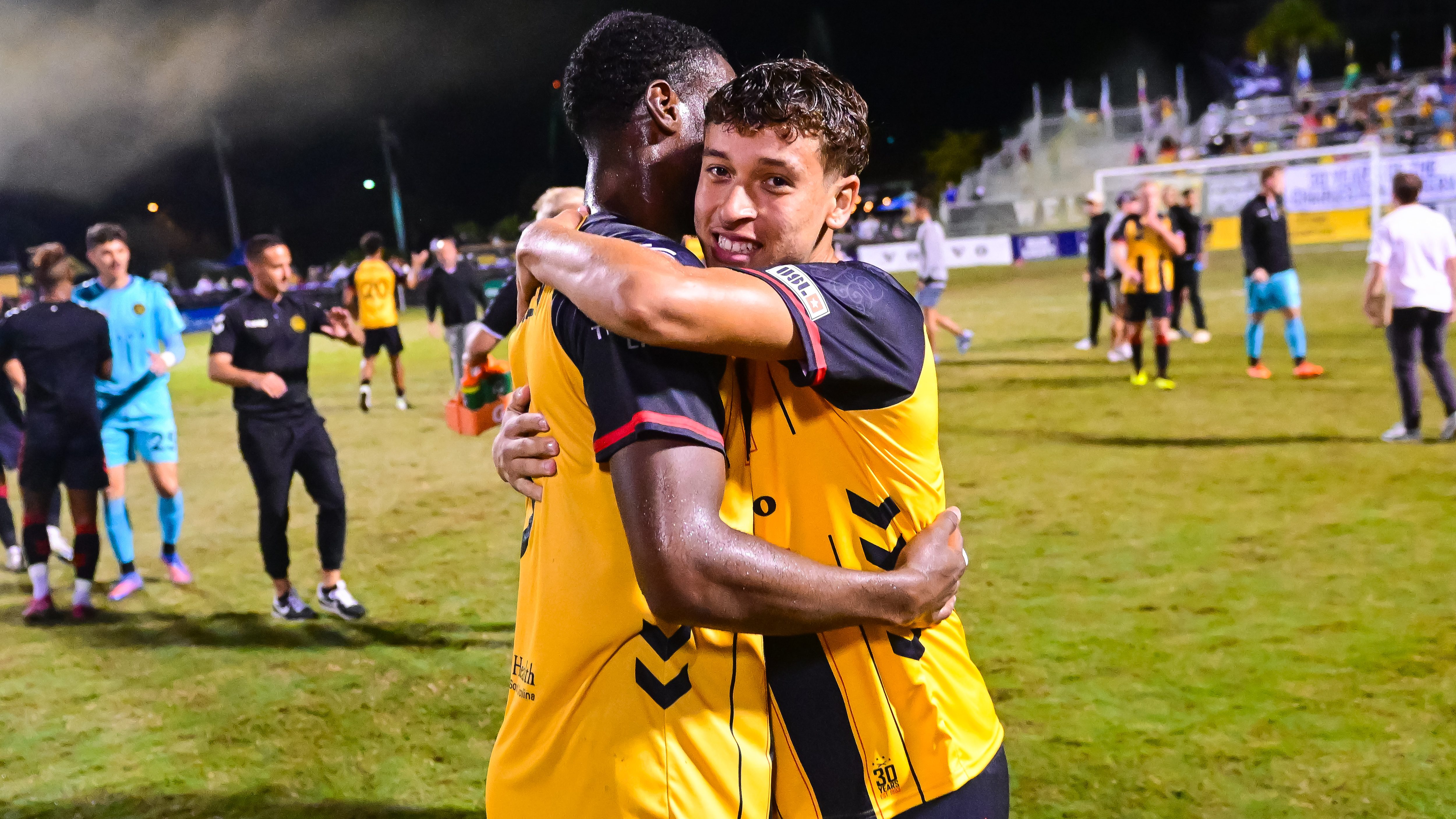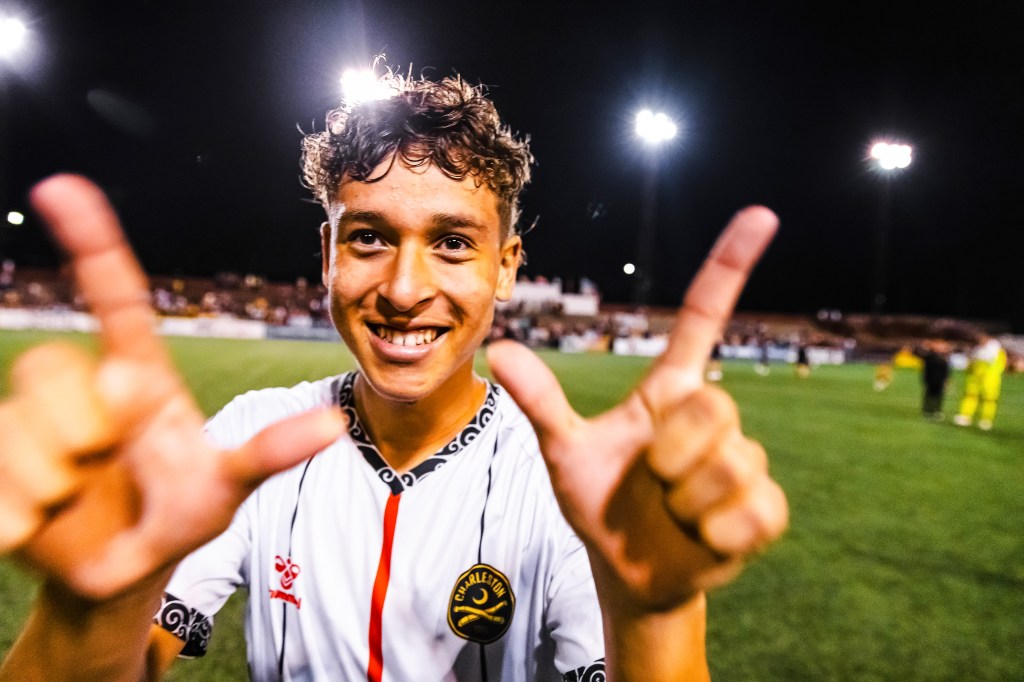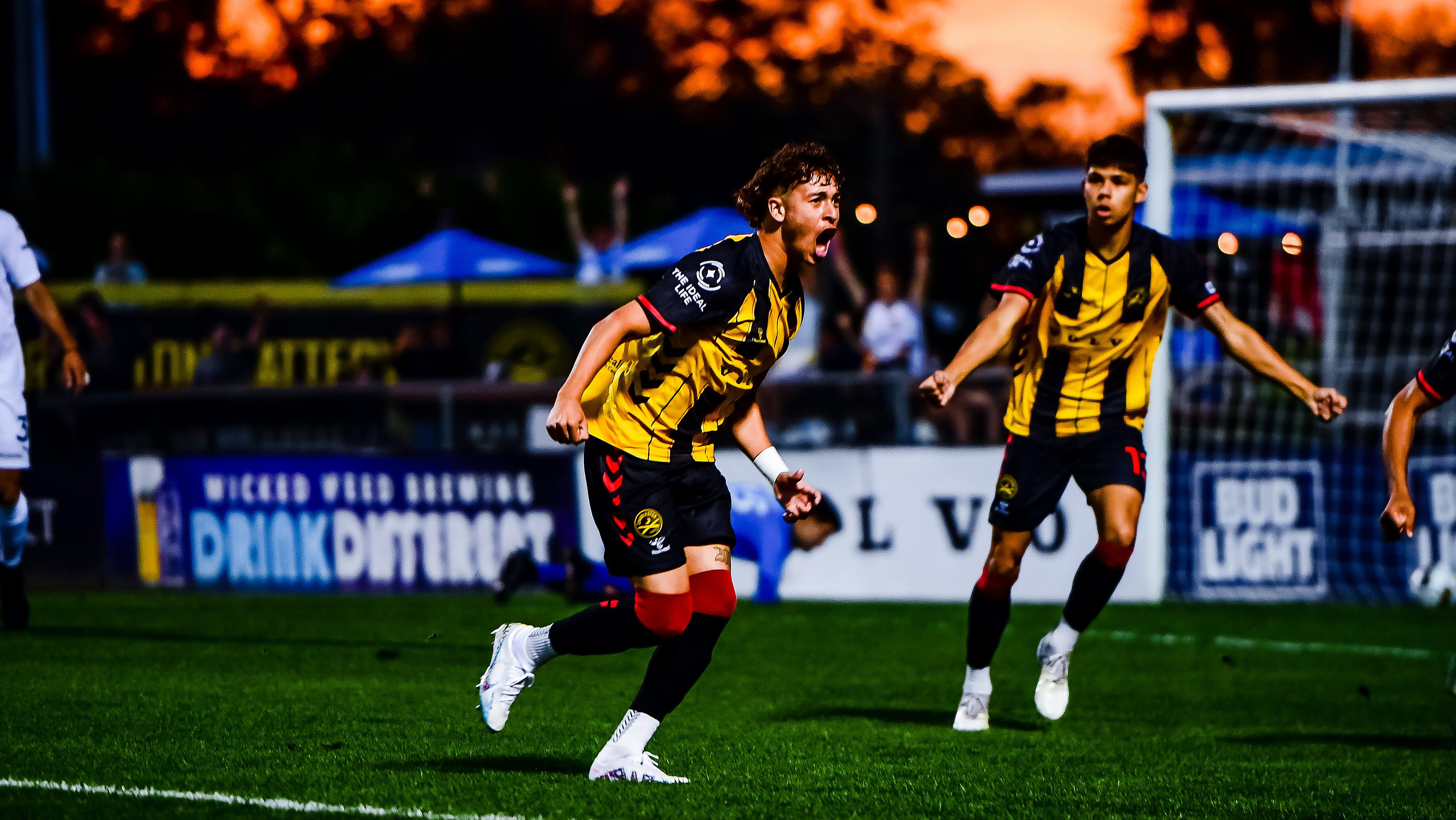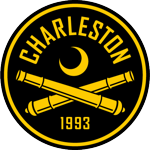By NICHOLAS MURRAY – nicholas.murray@uslsoccer.com, 07/03/24
THE CHARLESTON BATTERY SHOWED WHAT’S POSSIBLE WHEN A CLUB MAKES THE RIGHT MOVE EACH STEP OF THE WAY

When the initial reports of Fidel Barajas’ move from Real Salt Lake to legendary Liga MX club Chivas de Guadalajara appeared, Charleston Battery owner Rob Salvatore couldn’t help but smile.
“My first emotion is, I’m really excited, and I think it’s not surprising that it’s gotten here,” Salvatore told USLChampionship.com. “I guess maybe it’s a little surprising on the timeline. But he’s a really talented player, and he and his family, I think, have made really good decisions along the way. He’s put himself in a position to succeed with good clubs, and I think that’s accelerated his growth and his development.
“He’s just a special talent and so I’m thrilled that we’re part of it.”
For Salvatore, however, the entire process played out the way the Battery envisioned when it signed the Sacramento, Calif. native to his first professional contract a little under two years ago. Barajas made his debut for Charleston as a 16-year-old, blossomed into a full-fledged star in the Championship last year with Young Player of the Year and All-League awards to his name, and was a player in demand as he entered the offseason.
At that point, Chivas was among the clubs to have expressed interest in acquiring the Mexico youth international. For Salvatore and the Battery, though, the decision they made to take the offer made to them by RSL was one they believed offered the most upside in the short-term and long-term for all involved.

“I know the RSL guys really well,” said Salvatore. “I really trust them. I trust them as individuals, trust them ethically, and I trust them from a business perspective. That was why we wanted him to go there, because we thought an outcome like this would be much greater if he was in the right place. That makes business sense. It’s obviously good for Fidel, but it made a lot of business sense for Charleston Battery and for the USL Championship.”
“In most current instances, getting the right details included in the transfer agreement in the way the Battery did is crucial,” said USL Head of Global Football Development & Sporting Director Oliver Wyss. “It’s something the league has been working diligently on to make sure that clubs are not only compensated well initially, but also receive additional strong returns when the talented players that begin their path in the USL reach key milestones on the field and eventually make the next step in their careers.”
Barajas’ quick adaptation and introduction into Real Salt Lake’s First Team had already triggered additional clauses in the transfer agreement with Charleston. With a reported club-record fee being received by RSL from Chivas in this deal, the Battery’s return when it’s all said and done, including performance-based bonuses and a sell-on clause, stands to be well into seven figures.
That makes Barajas’ move to Chivas proof of concept for other clubs who have invested in similar young talent around the Championship. The structure of the deal the Battery made with RSL is comparable to the transfers of other teenage talents from the Championship to clubs in Major League Soccer or top-flight clubs overseas, where performance and sell-on clauses create major value for the club.
“One of the owners of another club in the league saw the rumors or wrote me a note and said, ‘This is really great for you guys, but it’s bigger for the league,’” said Salvatore. “I think it’s really validating what we’re doing. In the five or six years I’ve been involved, I think the level of talent that’s on the field and the level of talent that’s in the sport – on the sidelines, in sporting departments, how we’re trying to recruit and train and develop players – it’s really becoming apparent.
“This is a validation point. I think sometimes when you look at a business or market there’s a lot of signs of progress. And then, all of a sudden, things start to happen really quick once that first wall comes down. I’m optimistic that that’s going to be the case here.”
Having seen the league’s evolution during his time as President of Orange County SC before joining the USL’s executive staff, Wyss shares Salvatore’s optimism.

“Interest from talented young players in the United States in competing in the USL Championship has never been higher,” said Wyss. “It’s a great indicator as to where the league is currently, not only providing a high level of competition as one of the strongest leagues top-to-bottom in North America but also featuring clubs who see player progression as an essential part of their operation.”
Since Jonathan Gomez landed at Louisville City FC four years ago, the USL Championship has become a destination where top young players can forge their path in the game. Just as Gomez’s transfer to La Liga’s Real Sociedad after earning the Championship’s Young Player of the Year award turned others onto the league’s potential, Barajas’ move will add to that momentum.
The Battery themselves are in discussions with another young talent with youth international experience whom they hope will be able to follow a similar path. Should that come to fruition, it would add another player to follow in the same vein as Birmingham Legion FC’s Ramiz Hamouda and Orange County SC’s Ben Barjolo, two of the top teenage talents that have made their USL Championship debut this season.
Barajas, meanwhile, becomes the latest trailblazer for the Championship as well as someone who’ll always receive a warm welcome in the Lowcountry.
“You look back on it now and you see the transformation [Fidel] made from when he showed up here about two years ago to where he is now, and what happened in between,” said Salvatore. “So much of it is because of what he was exposed to. He was playing as a 16-year-old, he was a leader as a 17-year-old and then given more responsibility. I think a lot of families and young players out there are taking notice of it and see our league as that pathway.
“With him now making a step up to a historic club in North America and globally, I think he’s going to be a pioneer in that sense, and I don’t think he’s going to be the last. I think there are going to be kids right behind him.”































































































































































































































































































